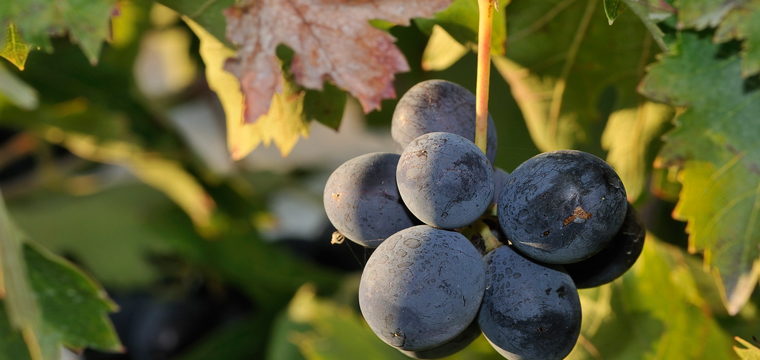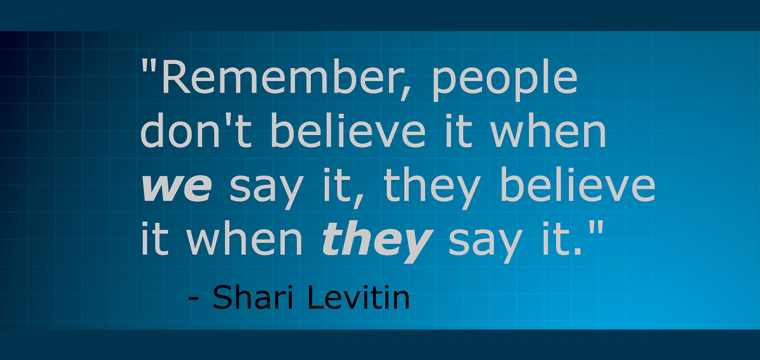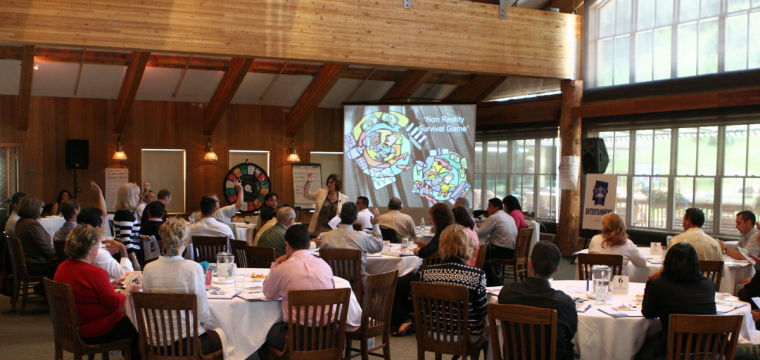
How often do we hear the word “no” and simply give up? Does no really mean no? Great salespeople realize that the word “no” simply means, “I need more information before I say yes.” I shared this concept with a friend of mine who is a professional mountaineer. When she sees obstacles on her path, they’re merely “problems“ or “challenges” that she figures out how to go around, through, on top of or at times she may use a different tool.

A challenge for many sales people is creating urgency and commitment from the customer who appears to love everything about the offer, but simply won’t commit to spending dollars today. What’s the secret to handling the client who is agreeable throughout your sales presentation, who appears open and engaged, only to say when you’re finished presenting, “ I Like it, I Love It, I’m leaving!”

Did you know that according to a study by the US Navy, the attention span of the average person is only thirty seconds? That means every thirty seconds your prospects are thinking about picking up the dry cleaning, their date on Friday night or the bill they forgot to pay!! Holding their attention is tougher than ever. Your customers are flooded with text messages, information, To Do Lists and more. How do you stand out? Follow these five tips to attract and keep the attention of your customers.

What do you tell people about owning your product? Do you tell them that it’s fun, thrilling or maybe adventurous? Do you share with them how good they’ll feel when they’re using it? Most of us have learned about the benefits of emotional selling or, as Levitin Group calls it, “getting to Third Level,” and how it can increase your chances of closing the deal.

These days, we live in a world where texters, emailers, and phone callers expect an instant response. It’s urgent, you know! As salespeople we too are seeking an urgent response, many of us expecting it within 90 minutes. The problem with all of this instant communication, and the chaos it creates, is that we lose sight of when something is truly pressing and when it would be best set aside.

Recently I was at a wine tasting event and I heard an interesting tidbit: the worse the soil, the better the grapes and the more delicious the wine. This may seem contradictory until you dig deeper. It takes a lot more effort for grapes to grow in poor soil than in rich soil, so when they do they’re much stronger and have more character.





